Brachycephalic pets, including French and English bulldogs, pugs, shih tzus, boxers, Pekingese, Boston terriers, and Persian and Himalayan cats, have taken the world by storm. Known for their short—nearly nonexistent—muzzle, big eyes, and endearing snorts, these flat-faced dogs and cats are a common sight from the dog park to the big screen.
Sadly, the iconic characteristics of most brachycephalic breeds can put them at increased risk for several health issues. Whether you’re considering a flat-faced breed or already own one, here are six facts you need to know about brachycephalic pet health from your friends at Southern Arizona Veterinary Specialty and Emergency Center.
#1: Brachycephalic pets can quickly overheat
Brachycephalic dogs and cats often have a shortened muzzle, compact nostrils, an elongated soft palate, and a narrow trachea. All together, these features make breathing more challenging, and require extra attention and care from the pet owner.
Dogs and cats have to pant to cool themselves during warm weather, excitement, or physical activity. When breathing is labor-intensive, as it can be for brachycephalic breeds, pets cannot keep up with the body’s oxygen demand, which can lead to heatstroke—a life-threatening emergency—in brachycephalic pets.
Avoid heat-related stress by limiting your brachycephalic pet’s outdoor activity during warm weather, keeping them calm, because overexcitement can lead to hyperventilation and increased body temperature, and providing access to fresh water and shade at all times.
#2: Many brachycephalic pets have respiratory abnormalities
Brachycephalic obstructive airway syndrome (BOAS) is a collective term for the group of unique respiratory challenges that affect flat-faced dogs and cats, including:
- Stenotic nares — Narrow or slit-like nostrils
- Elongated soft palate — Extra tissue along the upper throat that partially obstructs the upper airway
- Hypoplastic trachea — Narrow windpipe
- Collapsing larynx — When resistance to airflow increases, placing excessive demand on the pet’s “voice box,” the cartilage is weakened, which prevents the larynx from fully opening
- Everted laryngeal saccules — Small tissue pouches that typically sit on either side of the larynx are sucked into the airway during inhalation, which creates additional airflow resistance
BOAS is common among all brachycephalic pets, although not every pet has every condition. Severity can range from mild to severe—mildly affected pets may snort or snore but otherwise live a normal life, while severely affected pets may breathe noisily, require increased respiratory effort and rate, rapidly fatigue, and be exercise intolerant. Normal breathing can be exhausting for these dogs, and those who are severely impaired should be evaluated by a veterinary specialist for surgical correction
#3: Brachycephalic pets are prone to eye injuries
Many brachycephalic breeds possess prominent forward-set eyes that protrude from their abnormally shallow sockets. This creates an endearing infantile expression, but can leave the eye at risk for serious injury, including:
- Corneal ulceration — Ulcers are a painful condition caused by repeated trauma to the outermost eye layer. Corneal ulcers can be caused by eyelid malformation, foreign body trauma (e.g., seeds, grass), rubbing against the skin (e.g., the wrinkles, skin folds), or chronic dry eye.
- Proptosis — Bulging eyes are more likely to proptose (i.e., fall out) from the socket during a traumatic event such as a dog attack or excessive pressure (e.g., leash pulling, physical restraint).
Protecting a brachycephalic pet’s eyes includes keeping the skin and surrounding hair clipped and clean, corrective eyelid surgery, routine veterinary visits, walking dogs on a body harness, and avoiding situations where debris could enter the eye (e.g., riding with their head out the car window). Protective eyewear such as Rex Specs are recommended for active brachycephalic dogs.
#4: Brachycephalic pets may have reproductive challenges
The brachycephalic pet’s large, uniquely shaped head poses a birthing problem. In some breeds, particularly French and English bulldogs, Boston terriers, and mastiffs, the broad skull is too large to fit in the abnormally flattened birth canal, making natural whelping dangerous for the dam and the puppies. The mother dog almost always requires a Cesarean section for safe delivery, and to avoid respiratory distress or exhaustion.
Also, because brachycephalic dogs have a heavy and wide front and narrow pelvis, many breeds cannot safely breed naturally, and artificial insemination is required.
#5: Brachycephalic pets are more likely to suffer from dental disease
The brachycephalic pet’s skull is shorter than the average dog’s, and they have an equally compact muzzle. But, despite their abbreviated features, brachycephalic pets have the same number of teeth as the typical dog or cat, so their teeth may be crowded, misaligned, and sometimes rotated from their normal position. The misaligned, crowded teeth negatively affect the pet’s chewing ability and create more crevices for bacteria, plaque, and tartar. Flat-faced breeds therefore experience more oral health problems, including:
- Retained deciduous (i.e., baby) teeth — Baby teeth may be so tightly positioned that they cannot fall out as the adult teeth emerge.
- Unerupted adult teeth — Adult teeth can be trapped beneath retained deciduous teeth.
- Dental disease — Plaque and tartar buildup below the gum line leads to tooth damage, infection, inflammation, and tooth loss.
- Periodontal pockets — These bacteria-filled gaps between the gum and the tooth are the result of dental disease.
- Gingival hyperplasia — Excessive gum tissue overtakes the teeth, creating additional deep pockets for bacteria, and resulting in infection, tooth loss, and pain.
Dental disease is much simpler to prevent than to treat. Protect your brachycephalic pet’s dental health by visiting your regular veterinarian for annual oral health exams and routine dental cleanings and X-rays under anesthesia. Tooth removal may be necessary to alleviate overcrowding and promote oral health.
#6: Brachycephalic pets can develop skin-fold problems
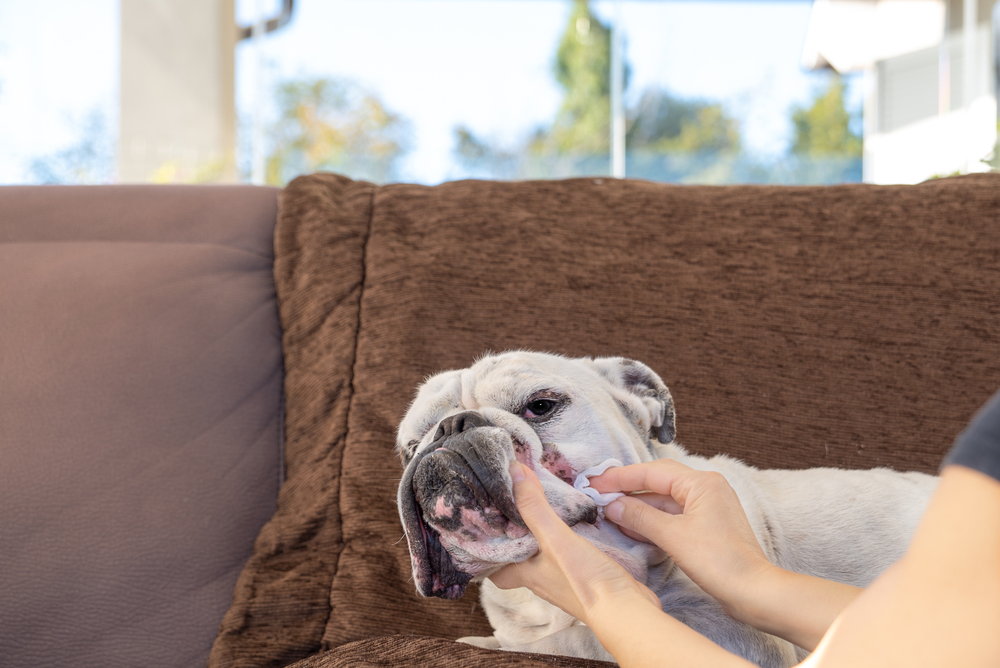
The adorable wrinkles brachycephalic pets are known for can also pose a problem. The dark, moist environment is perfect for bacterial and yeast growth, which can lead to skin infections, inflammation, and a bad odor. Owners of brachycephalic pets should regularly clean and dry their pet’s wrinkles, particularly around the face and tail, to avoid this issue.
Proactive care for Brachycephalic pets
Whether you already own and love a brachycephalic breed or you’re considering a new addition, understanding their unusual health risks can help your flat-faced friend live a well-rounded life.
For all of your unexpected pet care needs, contact Southern Arizona Veterinary Specialty and Emergency Services central location or east side location.

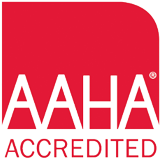

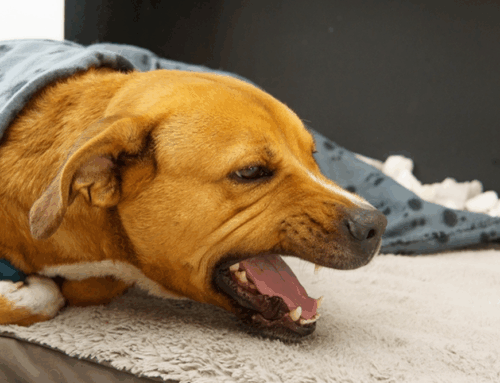
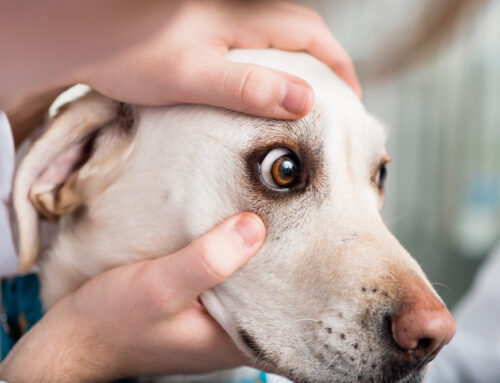
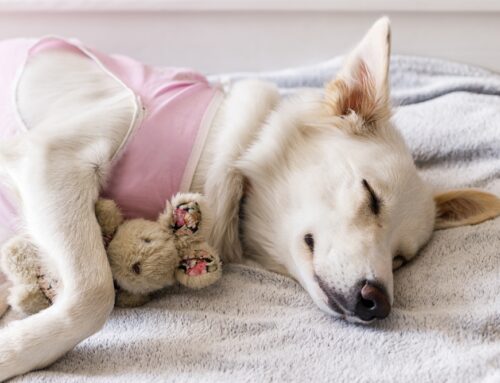
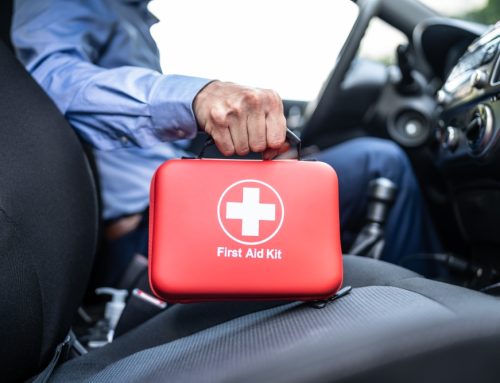

Leave A Comment